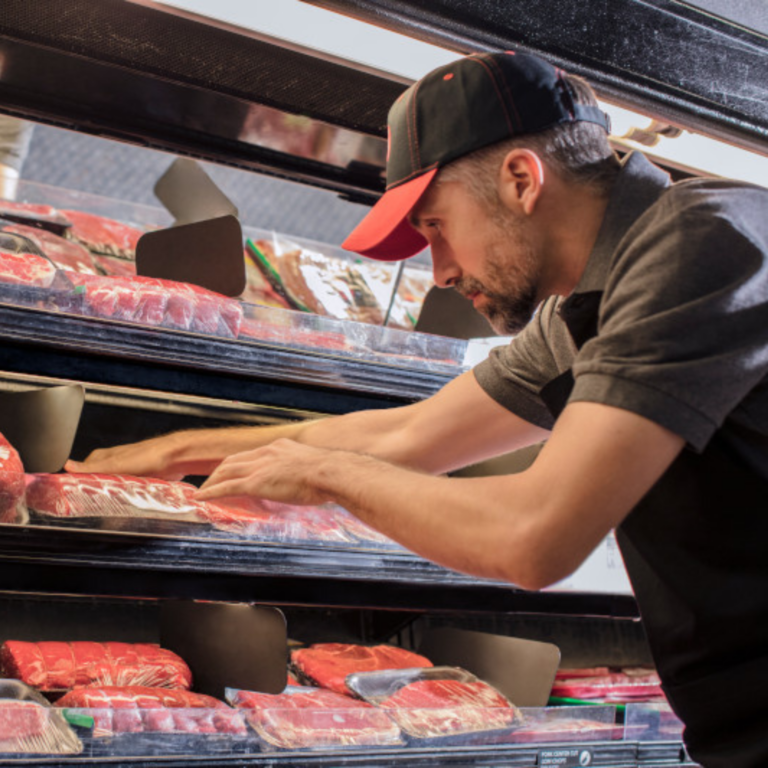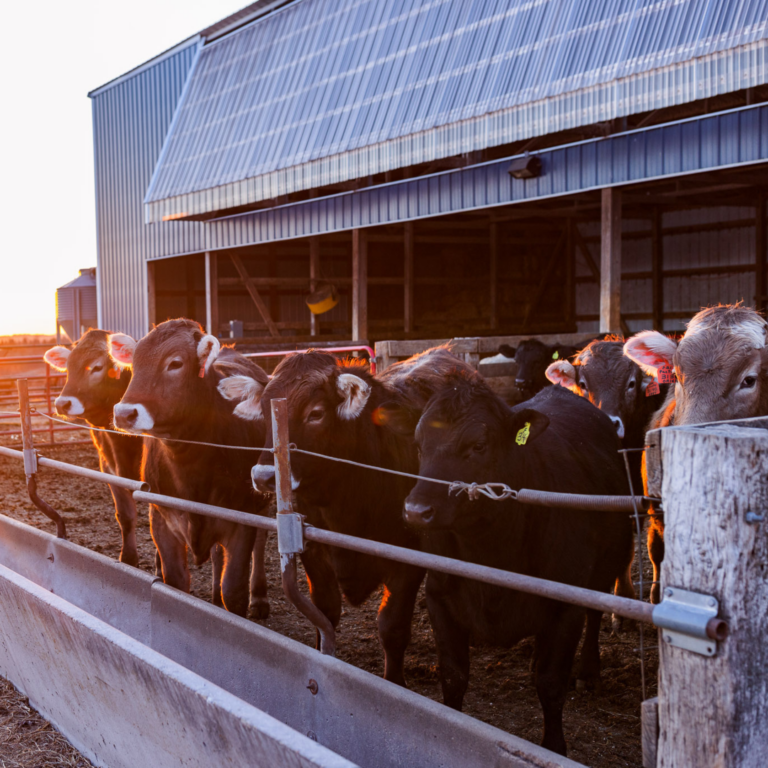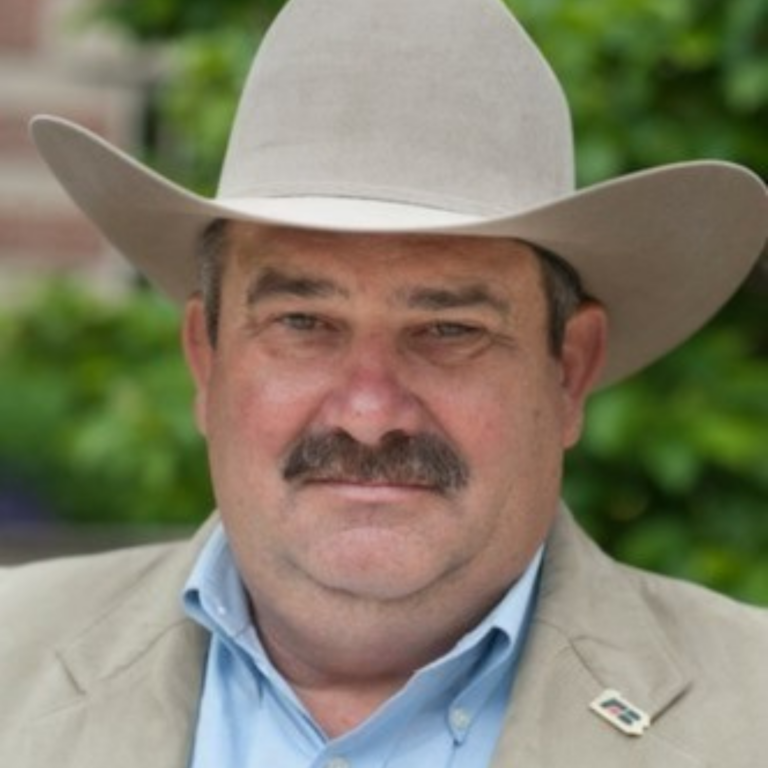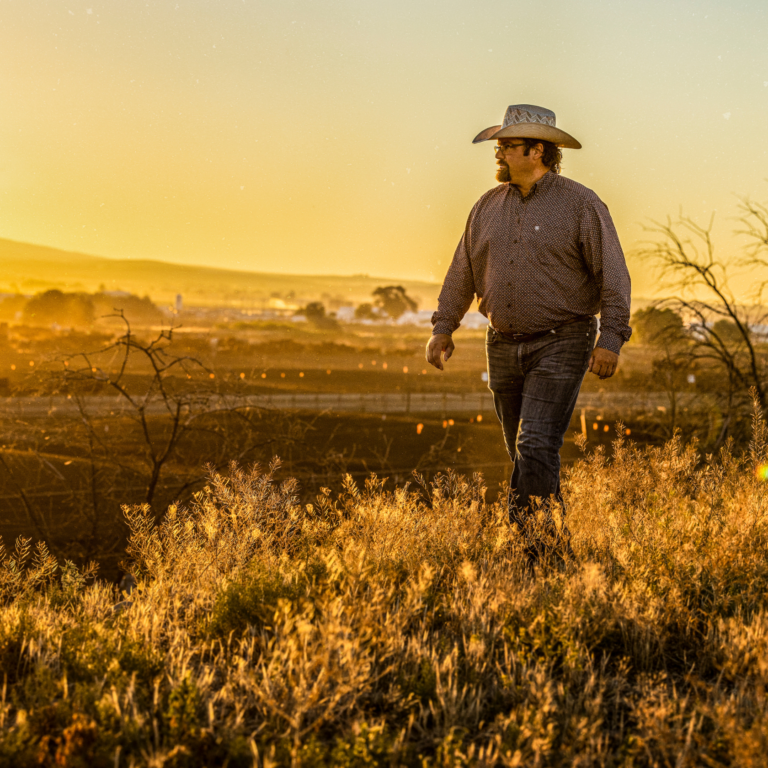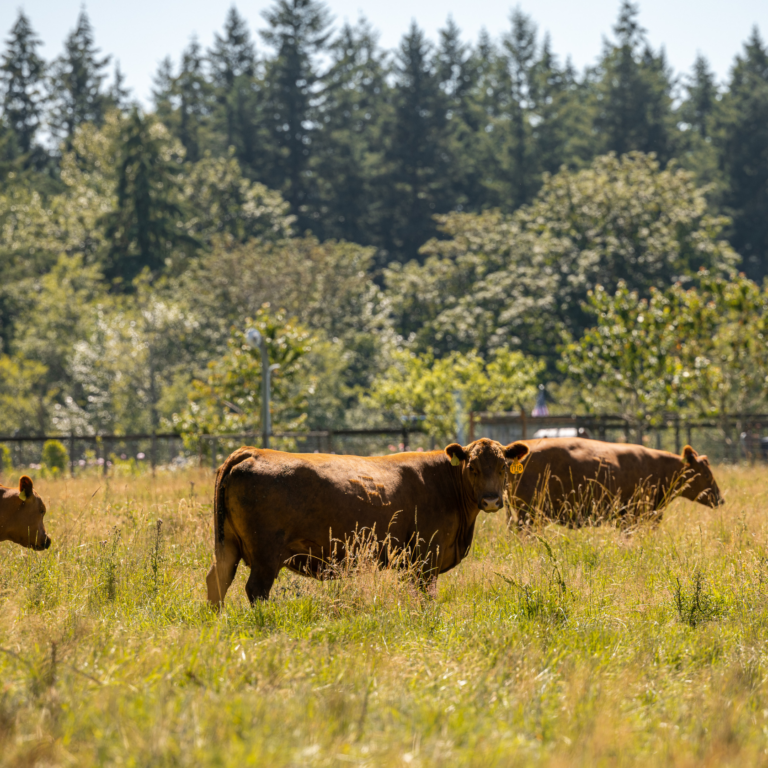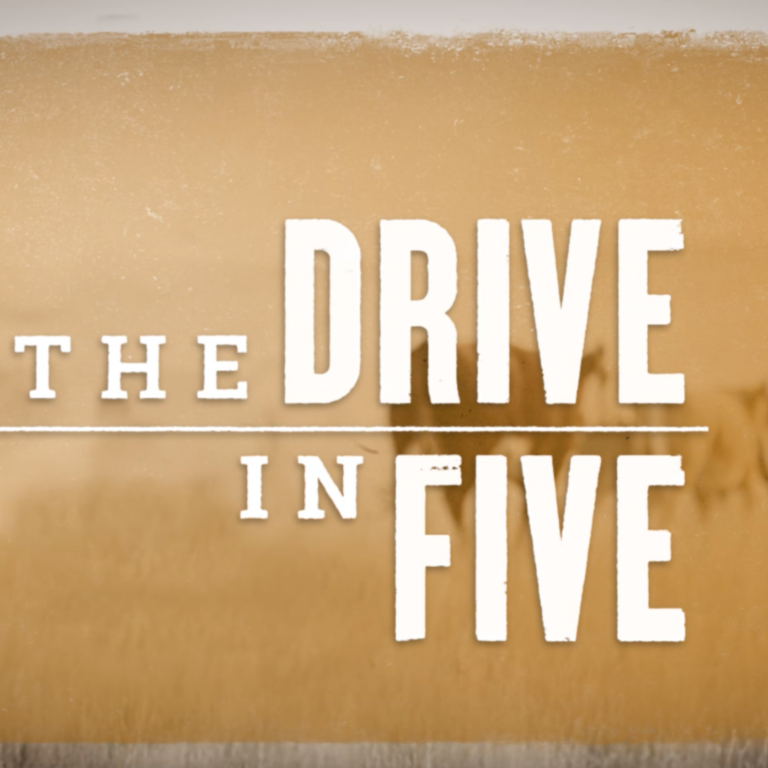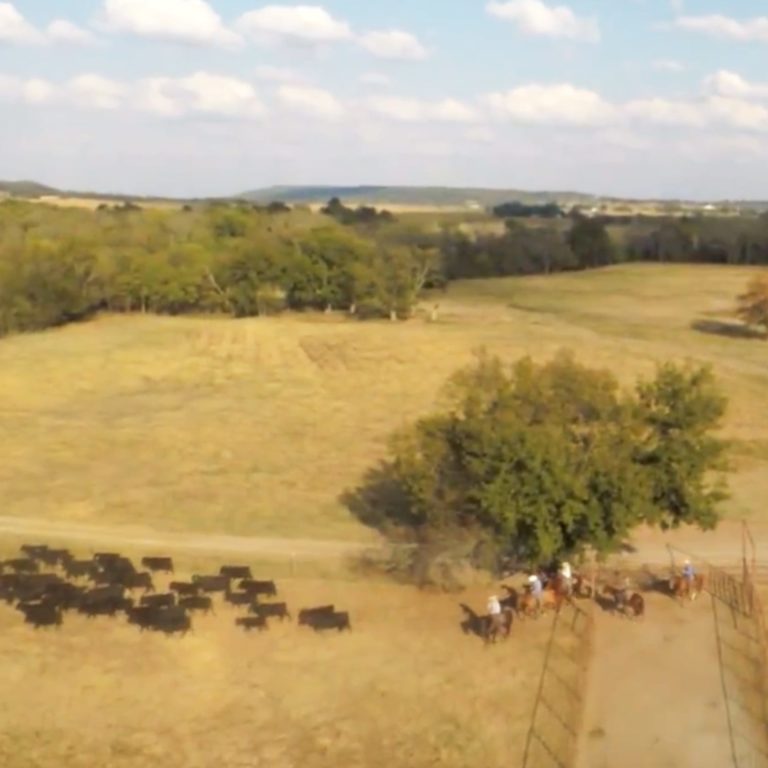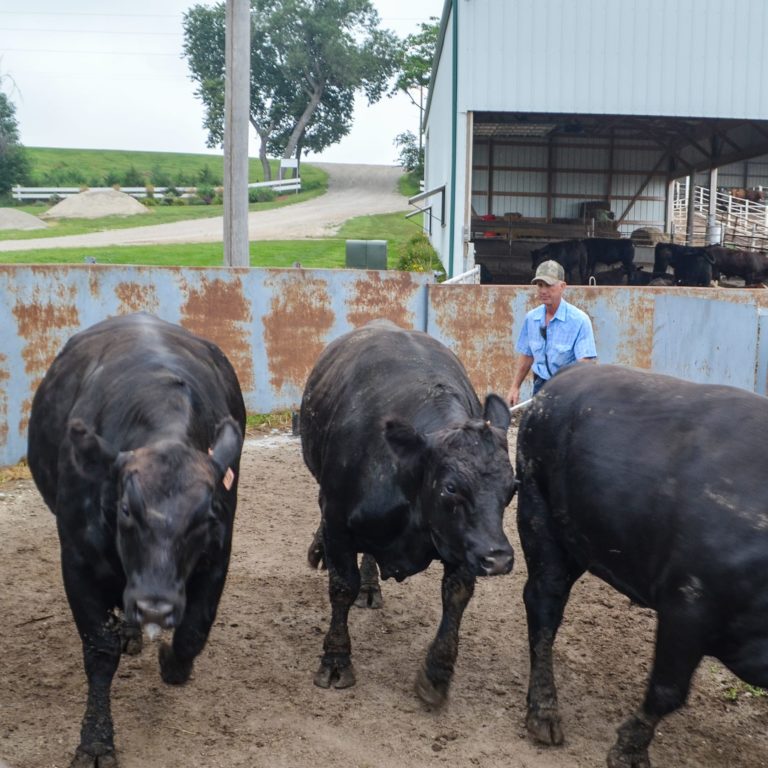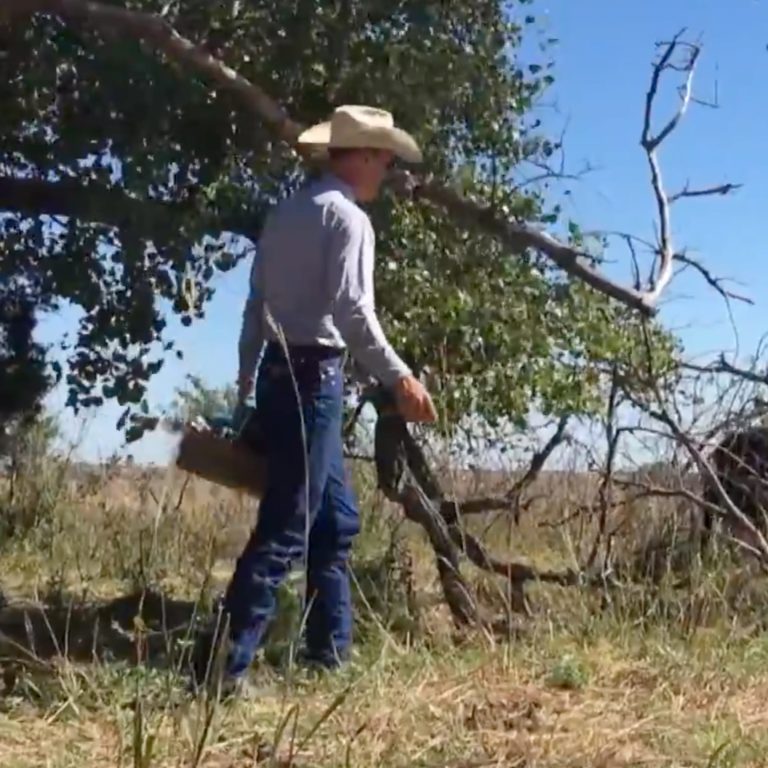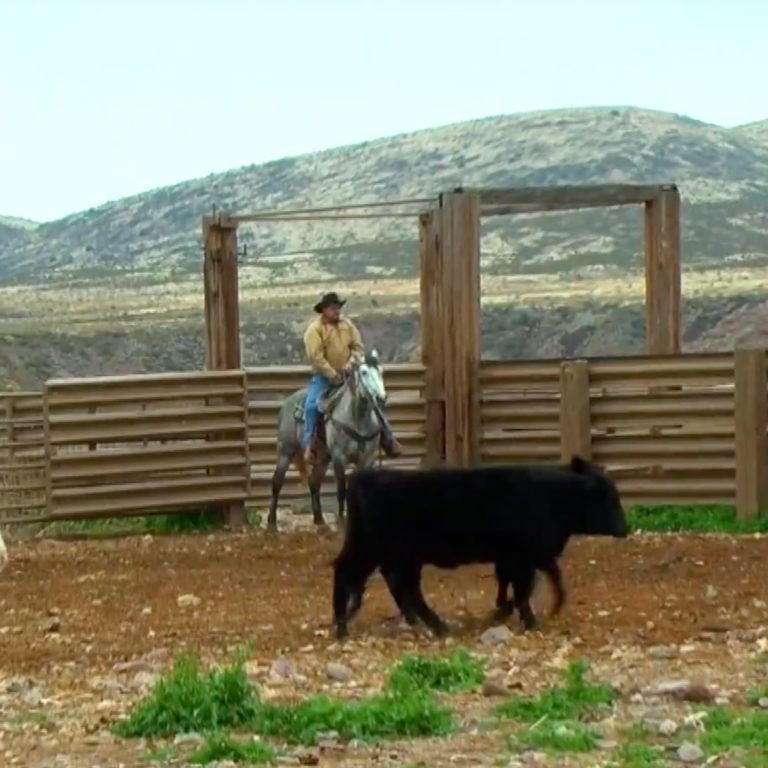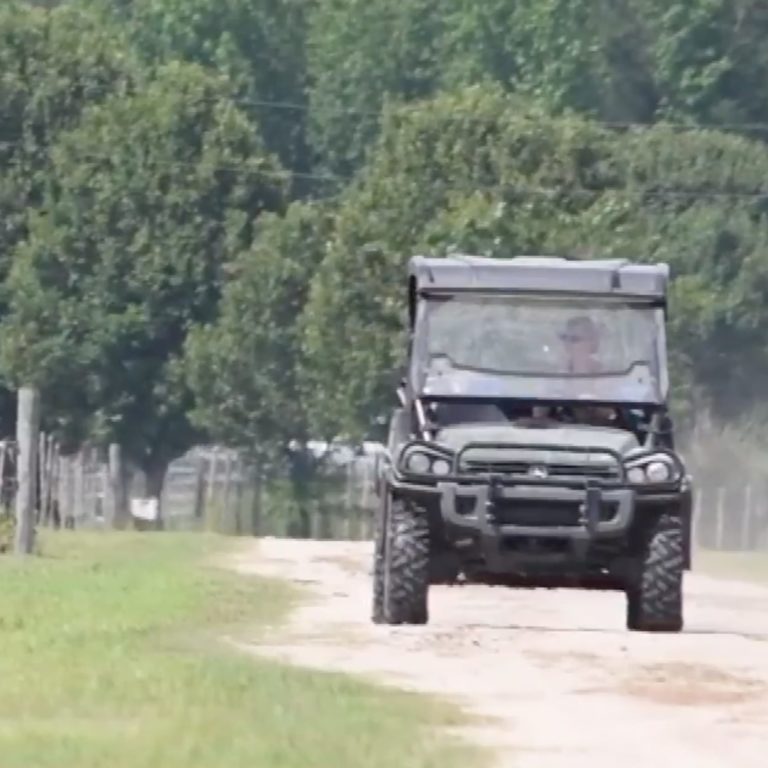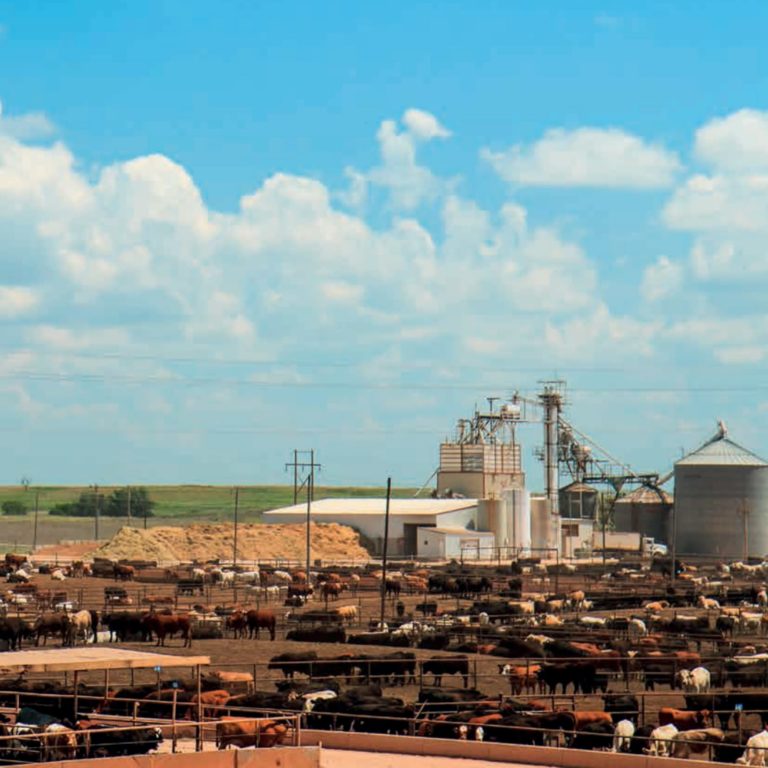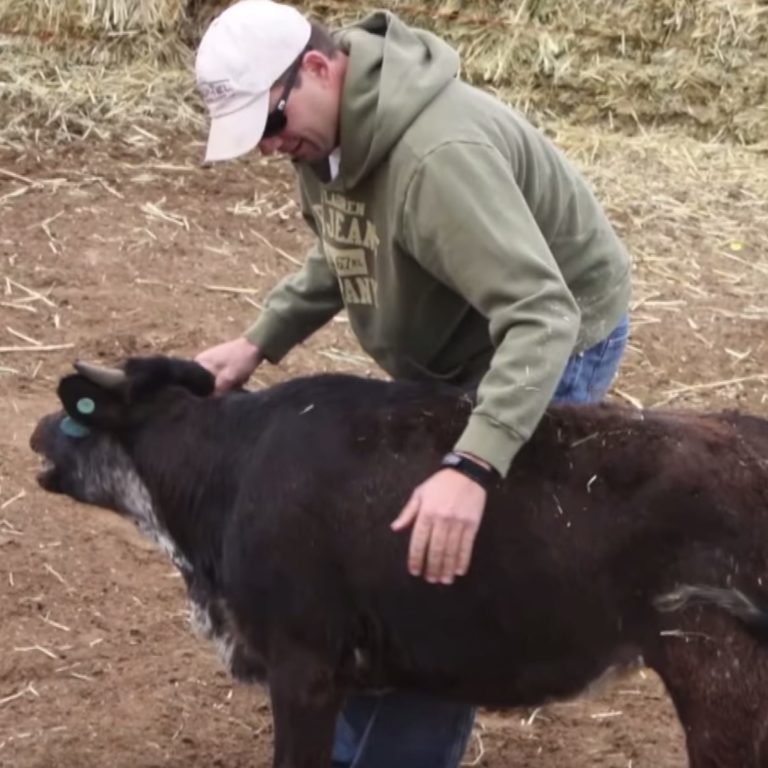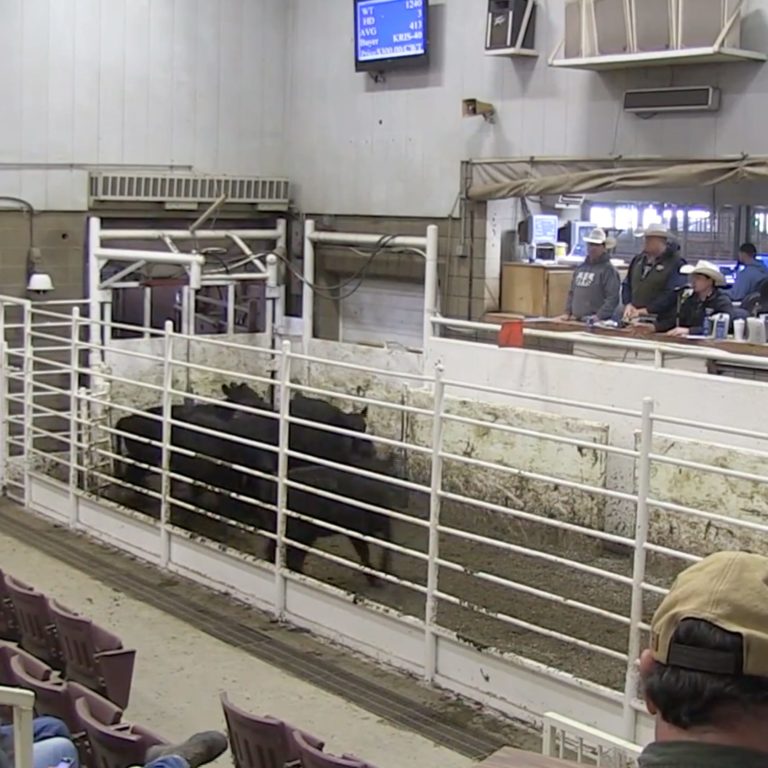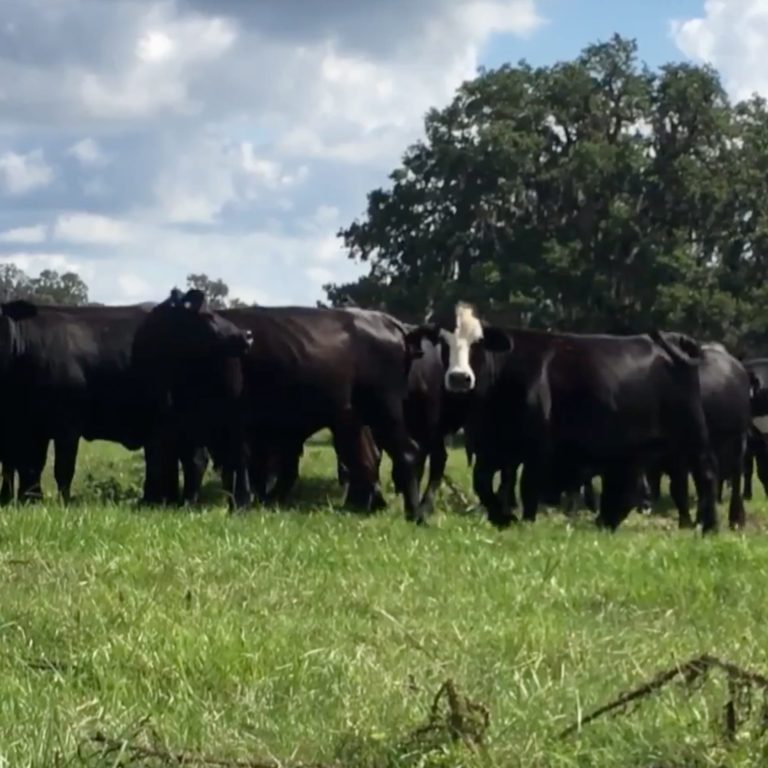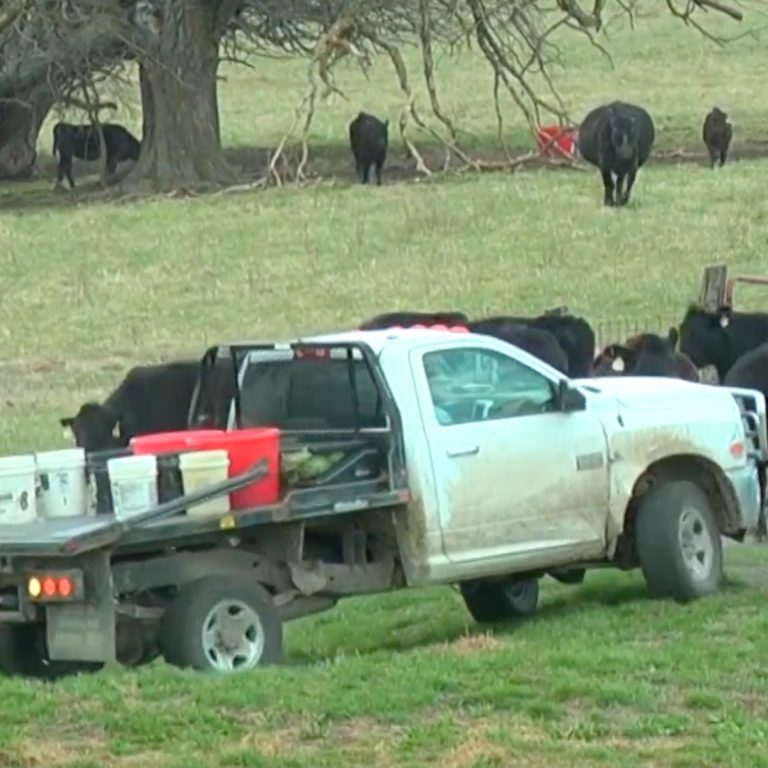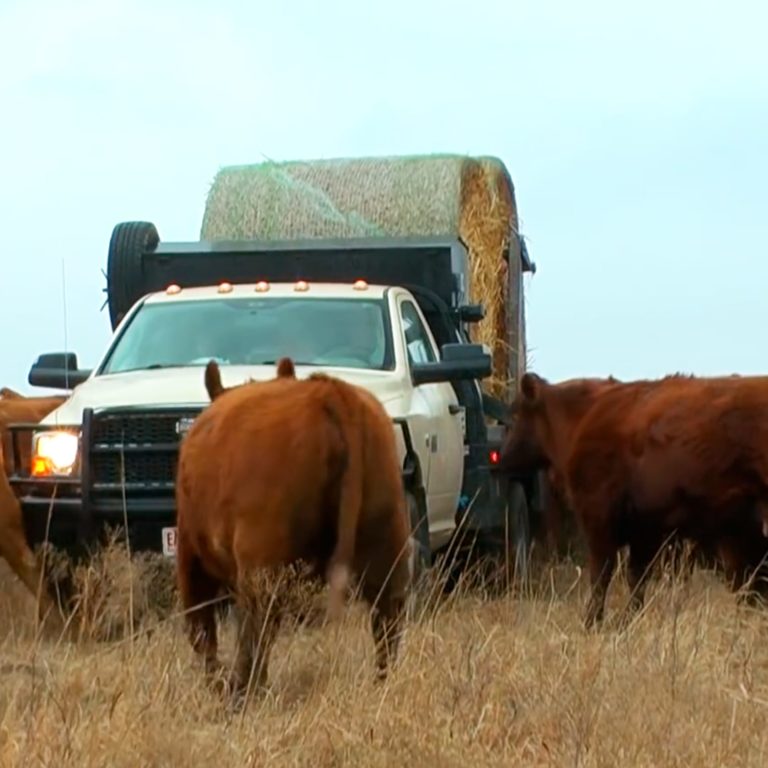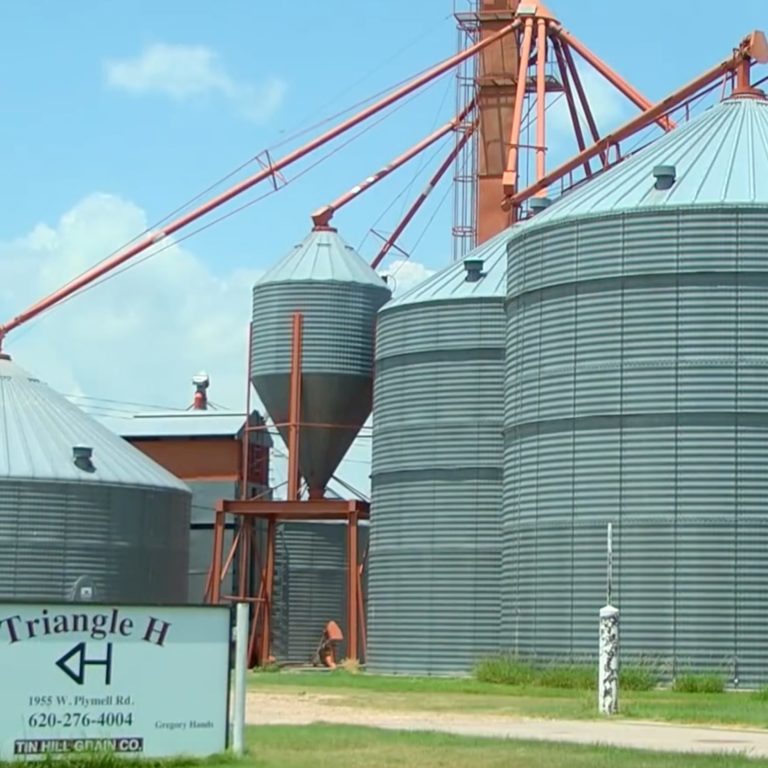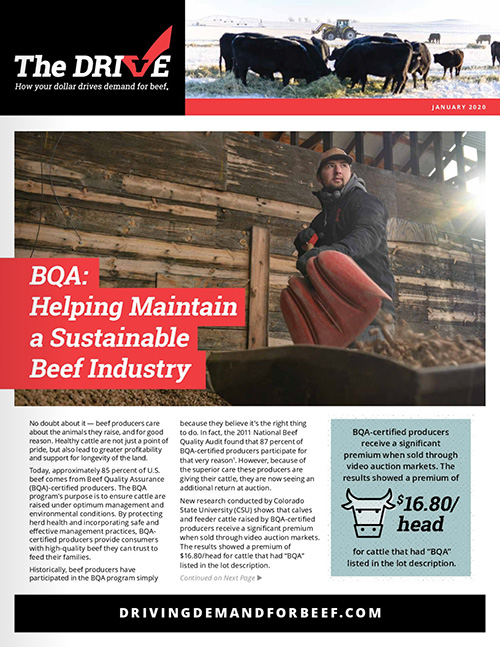Is Beef to Blame for Climate Change?
Explore the Beef Checkoff-funded, science-backed research illustrating how U.S. beef producers are leaders in sustainability.
U.S. vs. Global Emission Intensity
The U.S. has an emission intensity two to nine times lower than top beef production countries such as Australia, India and Brazil. The U.S. has had the lowest GHG emission intensity in the world since 1996.
The Emissions Intensity of the U.S. Beef Industry is:
- Over 2x lower than Argentina
- About2x lower than Australia
- Nearly 3x lower than Brazil
- Nearly 2x lower than Canada
- About 9x lower than India
Cattle: The Ultimate Upcyclers
Every day, cattle graze and unknowingly turn natural resources like solar energy and pastureland into high-quality proteins and other invaluable products. They’re upcyclers that take otherwise useless materials, add nutritional and environmental value, and transform them into something more.
Approximately 29% of the land in the U.S. is pasture or rangeland that is too wet, rocky, steep, or arid to support cultivated agriculture.1 This land can support cattle for protein upcycling.
The Value of Upcycling
- Upcycling adds additional value to products that otherwise would’ve been wasted.
- Byproducts from biofuel and food production industries, such as distillers, grains and beet pulp, are digestible by cattle, reducing the volume of waste going to landfills.
- Properly managed cattle grazing can improve rangeland and wildlife habitats.
- As the global population grows, ruminant animals like beef cattle can help us make more food with less.
- More than 44% of an animal’s live weight transforms into other goods such as leather, cosmetics and pet food.
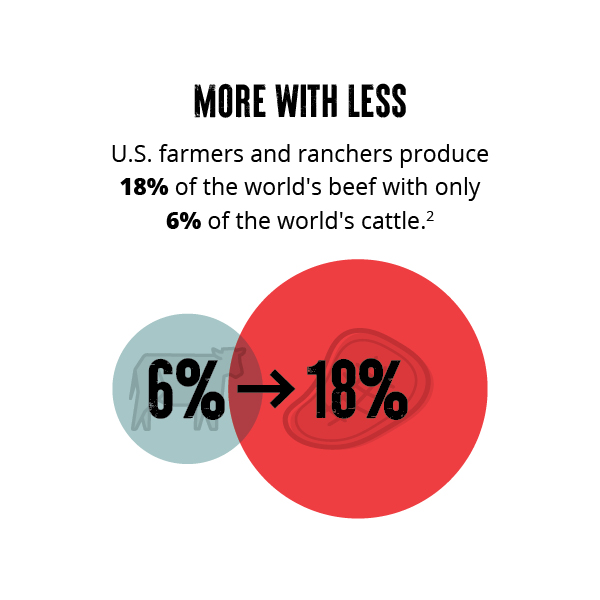 More with Less
More with Less
U.S. farmers and ranchers produce 18% of the world’s beef with only 6% of the world’s cattle.2
U.S. Improvements in Beef Production
The U.S. beef industry increased the pounds of beef produced per head by 67.58% since 1961 (compared to 20193)
Greenhouse Gas Emissions
Beef cattle only represented 2.3% of emissions in the U.S. in 2020.4
Corn Going to Grain-Finished Beef Cattle
- 7% of total corn produced in the U.S. is fed to feedlot cattle.5
- By comparison, 34.8% of corn acreage in the U.S. is used for producing ethanol.6
- Corn acreage used to feed feedlot cattle is 0.2% of total U.S. land area, 1.4% of total U.S. cropland acres, and 7% of total U.S. harvested corn acres.7
- The amount of U.S. land used to produce corn to feed grain-finished cattle is less than the size of the Houston Metro area.8
- Climate Watch Data. Agriculture. FAO-STAT. Emissions intensities.
- UN FAOSTAT database. Available at: http://www.fao.org/faostat/en/#home accessed August 17, 2020
- NASS Quick Stats (USDA/NASS QuickStats Ad-hoc Query Tool)
- Found on US EPA 1990-2020 Report: Inventory of U.S. Greenhouse Gas Emissions and Sinks: 1990-2020, updated 04/2022 (epa.gov).
- 7% of total corn produced in the U.S. is fed to feedlot cattle.
- U.S. Bioenergy Statistics 2019/2020.
- NASS Quick Stats (USDA/NASS QuickStats Ad-hoc Query Tool)
- USDA ERS. 2021. 2012 ERS Major Uses of Land
The Beef Checkoff program was established as part of the 1985 Farm Bill. The checkoff assesses $1 per head on the sale of live domestic and imported cattle, in addition to a comparable assessment on imported beef and beef products. States may retain up to 50 cents on the dollar and forward the other 50 cents per head to the Cattlemen’s Beef Promotion and Research Board, which administers the national checkoff program, subject to USDA approval.

